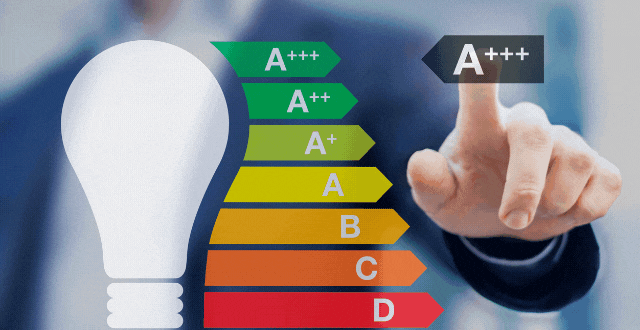|
Brussels, |
|
Financing the energy efficiency
The EU has multiple tools to achieve its goals. There are EU programs conceived and managed by the European Commission and its Agencies (grants, calls and tenders); Member States use the structural funds allocated by the EU (indirect funding, managed directly by them); through the intervention of the European Investment Bank, the EU has activated financial instruments aimed at achieving specific objectives.
All these tools are also employed for EU energy strategy, including energy efficiency policy..
Starting from 2021 and to face the crisis triggered by the pandemic, the EU has decided to enhance all the tools available by activating the Recovery and Resilience Facility, of which 37% has been assigned for the energy transaction, therefore including the energy efficiency policy
In order to achieve the ambitious goals of the European "Green Deal" strategy, and an ever-increasing level of public and private investment mix will be needed. For instance, 80% of the 200 million residential buildings in Europe were built before 2000, when energy saving standards were still largely lacking. The EU facilities are also devoted to all other measures to improve the energy efficiency.
For the energy strategy, EU funding programmes ensure direct co-financing of investments in energy efficiency and leverage private and public investments through tailored financial instruments and project development assistance. These programmes also support research, innovation and technology development, as well as building capacity of private and public entities and addressing non-technological barriers.


